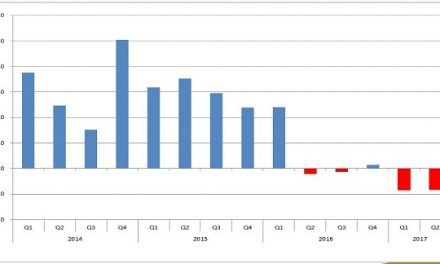
Do we have a Magister brave enough to design a tolerance index?
A development tsunami came and went last week with hardly a soul noticing this dramatic event as it washed over the inner workings of government policy and development partnerships. The World Bank announced it has proposed a new plan of engagement with the Namibian government for the period 2013 to 2017 and the foundation of the new approach is the so-called Country Partnership Strategy. This is the first time ever since Independence that the (developing) world financier has deemed us sufficiently empowered to propose such a strategy.
A glance at the latest Gini coefficient for Namibia at 0.597 (widely quoted) reveals the progress we have made over the past decade, at the beginning of which this doubtful statistic still ranked above 0.7. The reason why I am skeptical about the validity of the Gini rating is because the improved figure is also based on the thoroughly discredited 2009/2010 household income survey. In essence, with the new impetus coming from the National Statistics Agency, we should completely redo a type of (dependable) survey from which a reliable Gini coefficient can be estimated.
The World Bank’s announcement struck me, not for the new direction in engagement with us, but for the two (obvious) terms of engagement it states at the beginning of the report: “Improving state capacity and developing the private sector are two key pillars of the World Bank Group’s new proposed plan of engagement with the Government of Namibia from 2013 to 2017, as contained in the country’s first Country Partnership Strategy (CPS) launched earlier this week.”
Mind boggling! to say the least. Who would ever have thought we have a problem with State Capacity and the size of the Private Sector viz a viz the size of the goverment’s contribution to the economy.
But here is the real knocker. “What we are trying to do with this strategy is to work with the Government of Namibia to help it implement its own policies more effectively and to better monitor and track its programmes so as to improve the delivery of services,” said Asad Alam, World Bank Country Director for Namibia.”
This stated intention in the intellectual toolbox of this august international organisation send my mind floating far over the expanse of the desert, – daydreaming sort of about all sorts of possibilities if only we had the capacity, or should I say capacities. The idea then came to me to go over to the university and find a Masters student in humanities that is brave enough to do a proper analysis of political tolerance, and maybe draw us up a Political Tolerance index, reflecting our receptivity for new ideas about development and prosperity.
I know for a fact that a PolTol index does not exist so this is an ideal terrain for new innovative research on social issues. Perhaps I can facilitate the start of the process by suggesting a model that closely follows the protocol of the Gini coefficient, except I want to suggest we measure PolTol in percentage of population and percentage of tolerance, just to make it easy so that everybody can understand.
It would be a starting point to analyse political affiliation along ethnic and tribal lines. At least there we have a quantified benchmark in the sense that it should be very easy to correlate the voter statistics of the last general election against the detailed population census conducted more than a year ago, but only released earlier this year. This comparison should provide the first tentative values upon which the rest of the index can be designed. The next step would be to apply weightings to the various segments of the social spectrum. I suspect this will also reveal some interesting correlations.
Then we can work out an integer with a leading coefficient of 1, and start measuring a range of lesser variables, even perhaps make provision for a leading index based on a large group of respondents. We then take that result and simply turn it around to come to a percentage value.
I suspect as the work on our PolTol index continues, we would find that the lower one sinks into the mass support segment, the more skewed representation and consequently, tolerance becomes. I also suspect that if our metrics enter this side of the spectrum our nominal values will start approaching zero while on the minority side, tolerance values will exhibit the opposite, perhaps exceeding 99%.
Now I realise this is a mouthful but any post-grad with a solid base in stats and indices, can come by my office. I have many more ideas how to design the index, how to collect the data, and how to calculate the representative values.












































